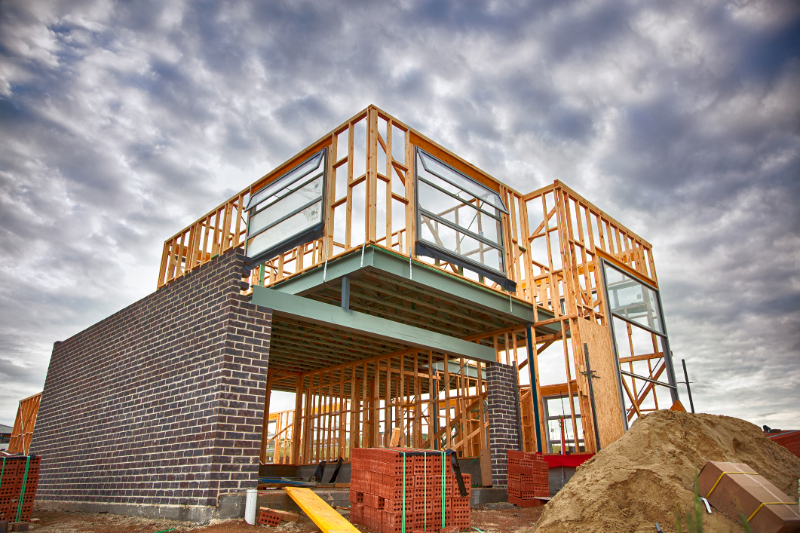
Table of Content
Choosing the right neighborhood or city is only the first step in your real estate journey.
Buying an existing home may offer the most straightforward path. But if you have a very specific idea of what your ideal home should look like, a custom build may be the better solution. While it generally entails more resources to complete, the results are undeniably rewarding.
With a custom home, you’ll have considerable flexibility — not just in terms of design, but also when it comes to incorporating the exact quality-of-life improvements you want. From using high quality slate shingles on the roof to creating an indoor-outdoor living room, there’s plenty of ways to get creative with your dream home.
If you’re planning to build from scratch in Houston, below is a comprehensive overview of the custom home building process.
PRE-CONSTRUCTION PHASE
A good chunk of the work can be categorized under the pre-construction phase. Although there is some room to make small adjustments down the line, what you plan and discuss with the architect and builder during this period will largely dictate the final shape and form of the home.
- Set your budget
Before anything else, you’ll need to first determine how much you’re willing to spend. Your exact budget will vary depending on your preference and a range of factors.
The overall cost of building a custom home can be divided into two types:
- Hard costs, which involve all expenses that are directly connected to the process of construction — whether it’s framing the structure, attaching roofing, interior detailing, or building the plumbing system.
- Soft costs cover the intangible aspects of home building, such as local permits, land development, as well as architect and builder fees.
With these factors in mind, you should get a bird’s-eye-view of where your budget stands and which areas of the home will require the most resources.
- Set your construction timeline
Generally, the custom home building process takes longer than the time needed to complete the average production home. Custom home building can take anywhere from 12 months to two years from start to finish.
Before planning the timeline, there are major factors to consider, such as:
- If you’re selling a current home, make sure the projected home sale aligns with your preferred move-in date to the new property
- If you’re a renter, it’s ideal to time the completion of the home with the end of your present lease
- The quality of the land for locations that are in proximity to flooding and other hazards
- Pause in construction due to weather-related setbacks
- Children’s school schedule and start/end of the academic year
- An allowance for any additional work that needs to be done to fix major issues or minor blemishes before the final handover
- Get an architect involved early
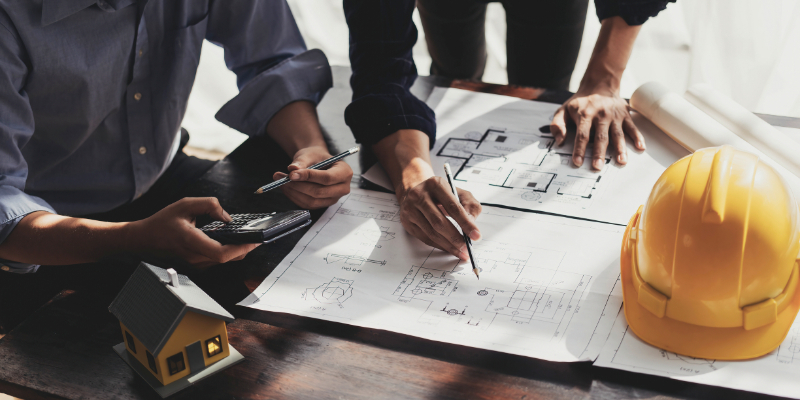
It’s essential to consult an architect as early as possible. They’ll be able to help you craft a blueprint to concretize your envisioned home. But more importantly, architects are in the best position to determine whether or not your proposed plans are feasible, taking into consideration your preferences, budget, and ideal timeframe.
The best way to find an architect is through referrals from friends and family. However, even if you don’t get promising leads there are other ways to find a suitable professional.
Here’s a tip: Do some digging on a home that catches your eye by visiting the local building department. Look up the property’s permit history and find the assigned architect’s name.
- Look for a general contractor who specializes in custom homes
The next professional to seek out is someone who can oversee the entire building process for your custom home in Houston, TX. Apart from making sure everything is going according to plan, general contractors are tasked with sourcing quality materials, recruiting subcontractors (whenever necessary and with your agreement), and obtaining permits from relevant city authorities.
A good general contractor is someone you can trust throughout the duration of the project, especially during times when you’re not onsite to check on progress. So be extra judicious when it comes to hiring the right person or company for the job.
Not all general contractors are cut from the same cloth. Some are more experienced in production or semi-custom homes. Others may be great at monitoring the big picture and managing personnel, but lack the refined expertise to ensure every part of the home is up to spec.
Here’s a tip: A custom home builder with a proven track record in architecture, interior design, and finishing custom builds offers the best return on your investment. This helps streamline communication and conflicting ideas from different professionals or firms.
Consider working with Layne Kelly Homes to avoid unnecessary delays in construction. We offer more than six decades of combined experience in building custom homes. Each step of the process, from designing and building to final handover, is executed with passion and precision.
- Brainstorm design ideas based on your preferences and professional advice
- Life stage: Are you living on your own, starting a family, or building a future rental property? You’ll need to consider how you’ll make use of the home based on your personal and financial priorities.
- Size: How big is the living space? How many rooms and stories do you plan to build?
- Layout: What type of layout will the home have? From semi-open floor plans to adding a second story family/entertainment room, there are plenty of options to consider.
- Amenities: Depending on your lifestyle preferences, are there any common or special features that you want to include? It could range from outdoor fireplaces and formal dining rooms to a spacious garage.
- Sustainability: Are you envisioning an environmentally friendly home powered (partly or entirely) by renewable energy?
- Natural hazards: If you’re building in an area that experiences natural calamities more often than not, what kind of materials will the home utilize? Are there safety features that need to be incorporated?
- Come up with an initial estimate of costs
Based on your preferences and the features you want to prioritize for your custom home, your architect and builder can give you a better glimpse of the total cost of construction. They’ll help you review the design schematics and reconcile it with the materials and manpower you need.
It’s important to note that this initial estimate may change as the project progresses. Availability of building materials and unforeseen changes in the price of each item can make you go under or over your budget. While exact pricing is usually determined later, your builder is there to keep the project within the agreed budget and timeline as much as possible.
Here’s a tip: Have some allowance built into your budget to account for higher-than-expected expenses later on. That said, make sure to be very specific about where this allowance will be used. Some builders put inaccurate budget placeholders in the hopes of getting more out of the project. On the other hand, a trustworthy builder will be upfront about how they arrived at the preliminary estimate. Plus, they’ll clearly explain the different ways that you can potentially go over budget.
- Secure homeowners association (HOA) approval and necessary permits
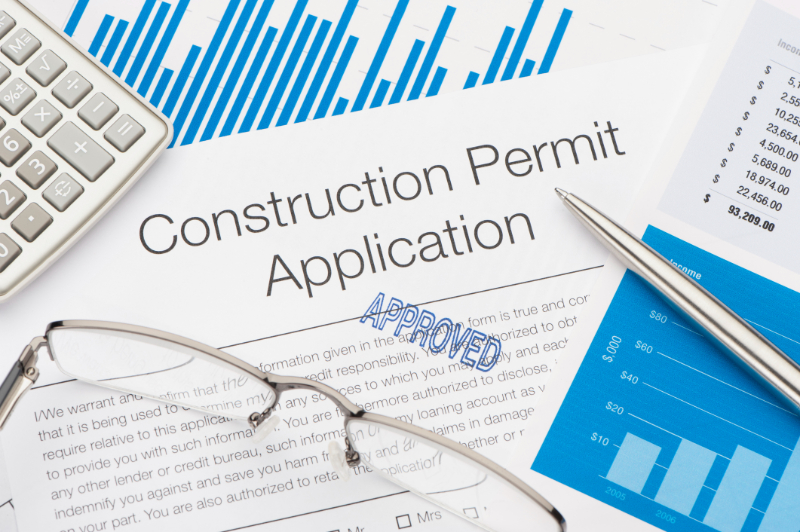
You’ll need to acquire all the required permits before construction officially begins. Depending on the complexity of your custom home project, this step can be tedious but it will ensure you avoid costly fines later on. If you secure the permits after construction, you can still be fined — in addition to complying with mandatory inspections that involve dismantling newly built walls and flooring.
First, reach out to the local HOA to secure approval for your building plans. Most HOAs in Texas have the final word on home design. And even if the city approves your house plans, it’s not a guarantee that you’ll get the green light from the HOA.
After securing HOA approval, get in touch with the Houston Permitting Center, the agency tasked with coordinating with different city departments to streamline permitting and licensing requirements. From their website, you can get building permit cost estimates, download the residential prerequisite checklist, and monitor the inspection status of residential or commercial projects.
Here’s a tip: When you’re drawing up plans for your custom home, make sure the structure isn’t encroaching on an easement or property setback. It usually takes just a few days to have a permit approved, but unconventional designs and incomplete plans can lengthen the process, especially if a zoning regulation has been violated.
For more specific questions on permit requirements, you can send an email inquiry to houston(dotted)permittingcenter(at)houstontx(dotted)gov.
- Comply with floodplain regulations
In recent years, extreme rainfall and flooding has increasingly become a concern in Houston. In 2018, the city revamped its building requirements near floodplain areas to prevent and mitigate flooding damage in various communities. Key points include:
- New homes must be built with elevated structures, which are above the base flood elevation. The exact elevation will depend on whether the site is located on a 100-year floodplain or 500-year floodplain.
- Homes along a major creek will need to submit a flood study that may show a 1% annual chance of flood and water surface elevation. If the minimum 1% is met, a mortgage lender usually requires the homeowner to purchase a flood insurance policy.
A custom home designed by a reputable builder can withstand most flooding scenarios. Aside from using elevation, you can make use of flood-resistant materials (treated lumber, steel, brick) that are significantly resistant to degradation from water exposure. Additionally, you can also incorporate drainage systems and landscaping techniques that can safely redirect stormwater away from your home.
THE CONSTRUCTION PHASE
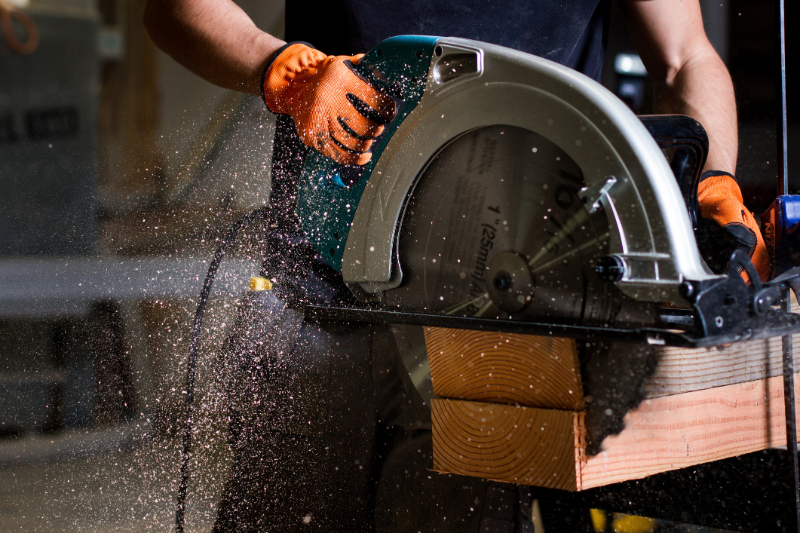
From here on out, your builder and any hired subcontractors will do most of the heavy lifting. Clear communication lines and effective project management will be crucial during this phase.
- Establish routine check points to monitor progress
Your builder should keep you informed of the home’s progress — on top of making sure all workers follow approved schematics and scheduling inspections conducted by city officials. Consult with your builder on the frequency of progress updates through each step of construction:
- Site preparation – Involves the excavation of land, lot staking to mark where construction will take place, and outlining of the home foundation.
- Rough framing – Tracing and installing the skeleton of the entire structure, which includes the floor, wall, windows, and roof system.
- Installation of plumbing and electrical lines – In addition to the work of installing various pipes and wires, the site will be examined by city inspectors for compliance with building code.
- Installing insulation – There are various types of insulation materials used in modern homes, from fiber and cellulose to mineral wool and foam board or rigid foam.
- Solidifying the interior framework – Builder begins the installation of drywall and interior fixtures. Exterior finishes and the primer coat of paint are also applied.
- Completing the interior trim – This step involves finishing several interior fixtures like doors, windowsills, stair balusters, cabinets, baseboards, and other decorative elements. Additionally, the final coat of paint will be applied.
- Building the exterior fixtures – Areas like the patio, walkway, and driveway begin to take shape.
- Installing flooring and countertops – In some projects, flooring and counter space can quickly follow after the completion of interior trims.
- Installing mechanical trims and lighting fixtures – This includes the installation of the electrical panel and HVAC equipment. Bathroom fixtures such as sinks and toilets are usually done during this step as well.
- Installing mirrors, shower doors – In addition to these two, other delicate or fragile fixtures are installed in the home.
- Exterior landscaping – This involves planting of grass, shrubs, trees, and various vegetation. Cleaning of construction debris also begins.
- Final walkthrough and handover
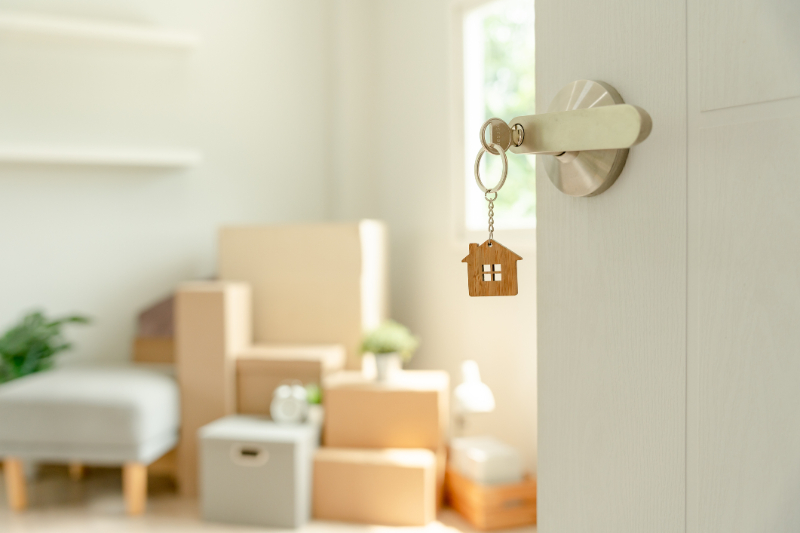
With the construction process nearing completion, you can now lay eyes on your newly built custom home. Your builder will conduct a final walkthrough (also known as a pre-settlement walkthrough) to see if all areas of the house are to your liking. Your builder will also be informing you about how each system (plumbing, electrical, HVAC, etc.) should be properly operated and troubleshooted.This is also the time to make sure that any issues are acknowledged by all parties and addressed accordingly before the official handover. Here are some key pointers to remember when you’ve reached this final stage:
- Apply painter’s tape to identify areas that need further attention. Whether it’s an issue with misaligned countertops or small imperfections or blemishes, your builder will clearly mark areas that need a bit of refinement.
- Schedule additional work. After identifying any existing problems in the newly built home, make sure to establish a clear timeline for additional work and identify which contractor will be involved. This will help you avoid further delays to the project.
- Continue examining the home to spot potential problems. Even after the handover, you may still notice additional issues to the home. After moving into the property, builders typically provide you with a 30-day to 90-day checklist to determine if there are lingering problems that need to be addressed.
- Refer to builder warranty. Additionally, your builder guarantees the integrity of workmanship and materials used for one year. For major systems, it’s usually two years. Any structural defects found are typically covered for 10 years.
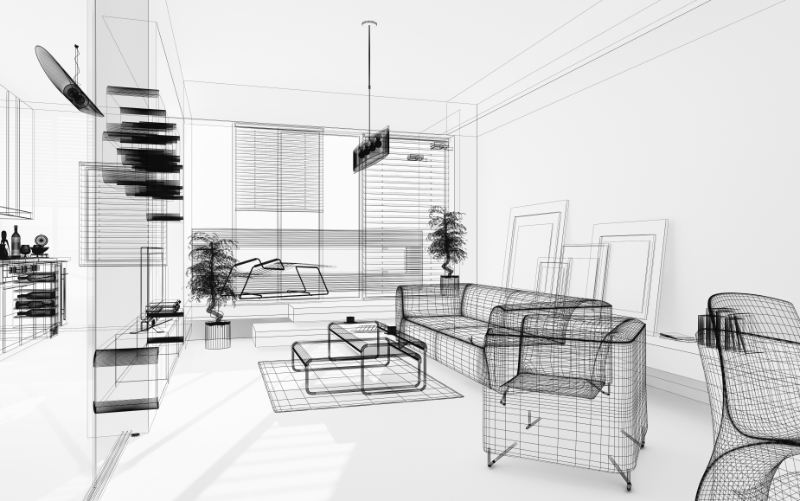
With architectural and custom builder expertise at your disposal, it’s time to determine the design and overall aesthetic of the home. These are some of the guide questions that should inform your steps moving forward:
Work with Layne Kelly Homes, the top builder in Houston, TX
If you have other concerns about the custom home building process in Houston, our team at Layne Kelly Homes is here to offer in-depth expertise. From pre-construction to final handover, our team of professionals ensures each step of the process is executed with care and unmatched attention to detail.
With our proven expertise in the area of architecture, interior design, and construction management, we offer a seamless all-in-one package for all your custom construction needs — minimizing needless back-and-forth with too many stakeholders. Design and build a bespoke home with Layne Kelly Homes for a hassle-free experience.
For consultations and inquiries, you may reach out to us by calling 832.441.9884 or sending an email.
